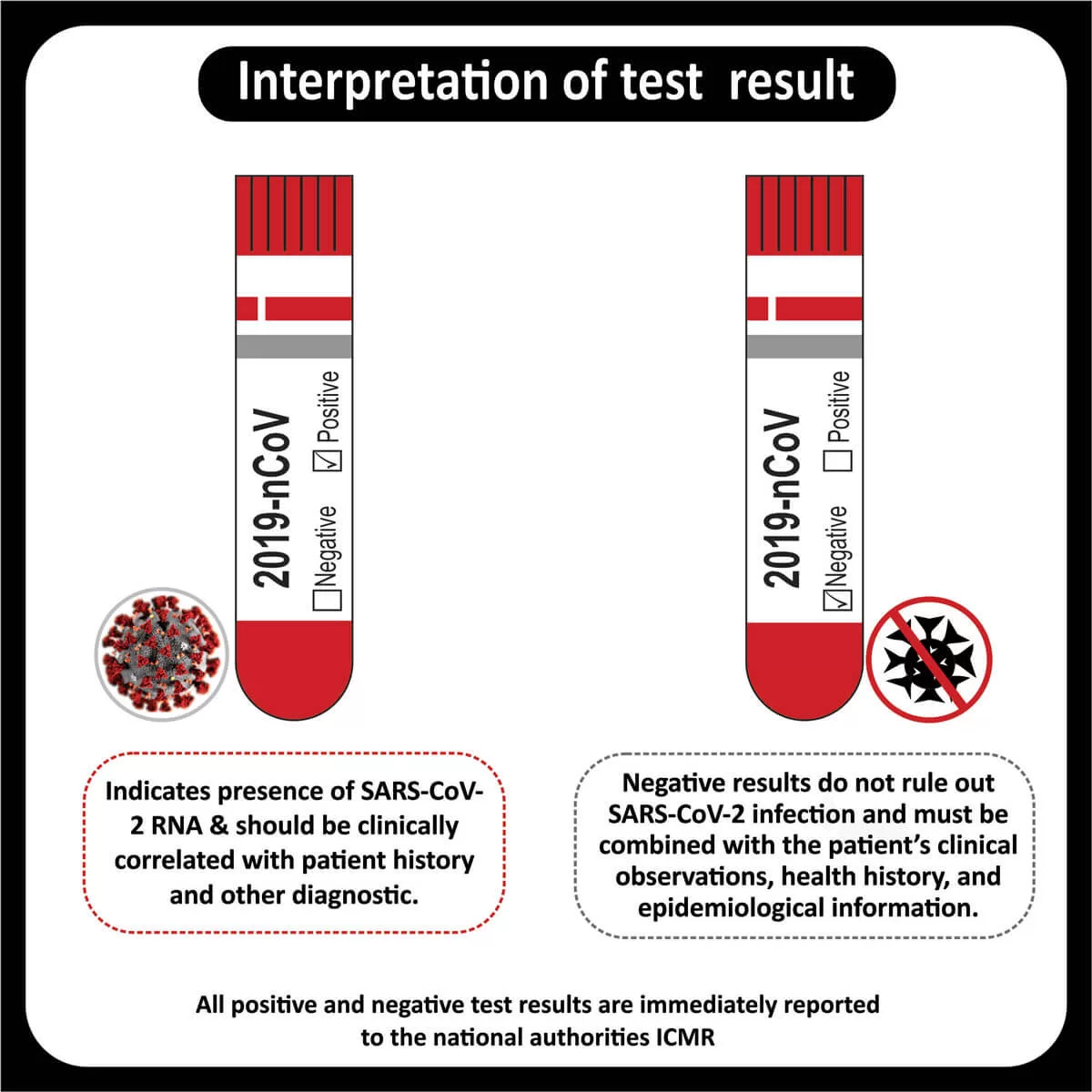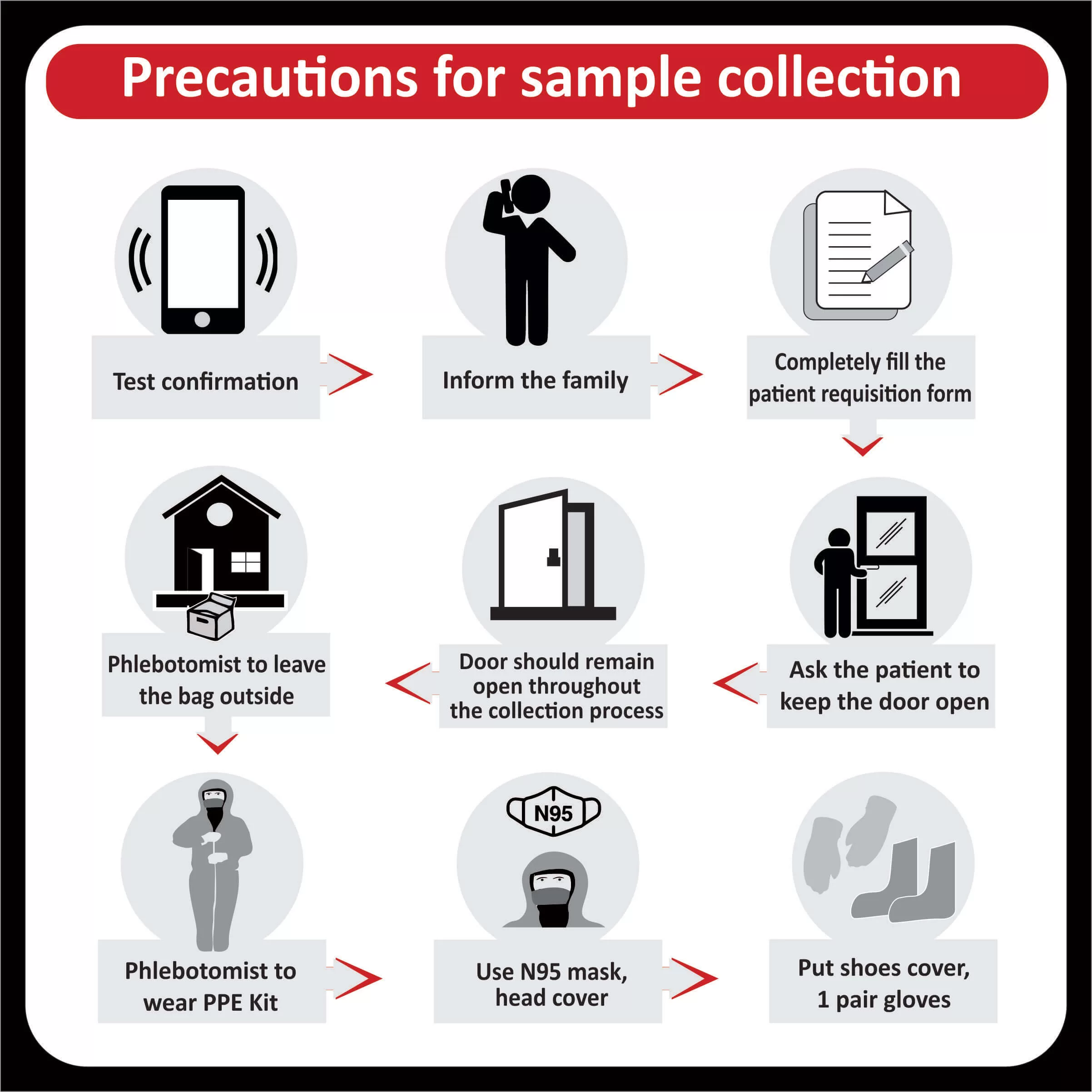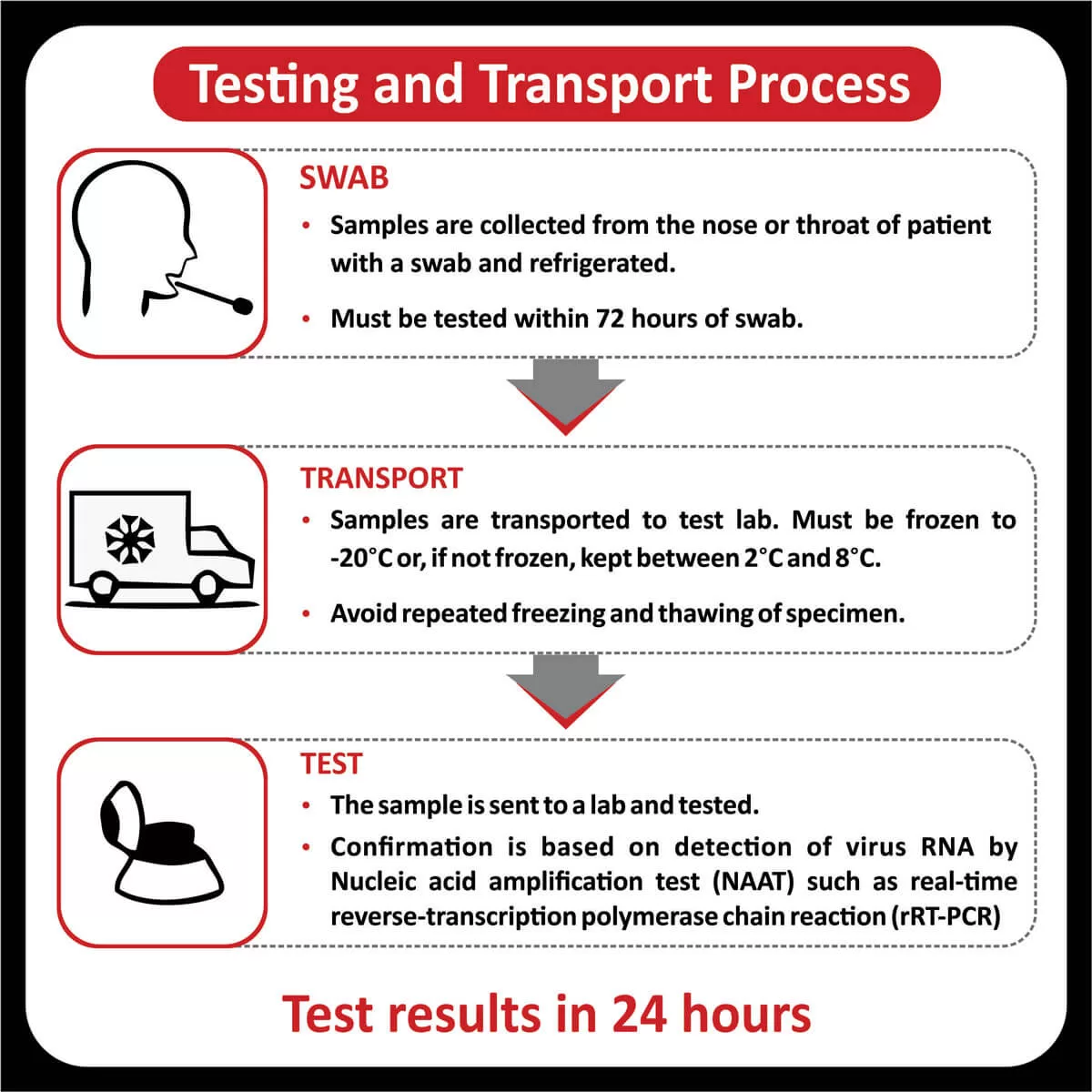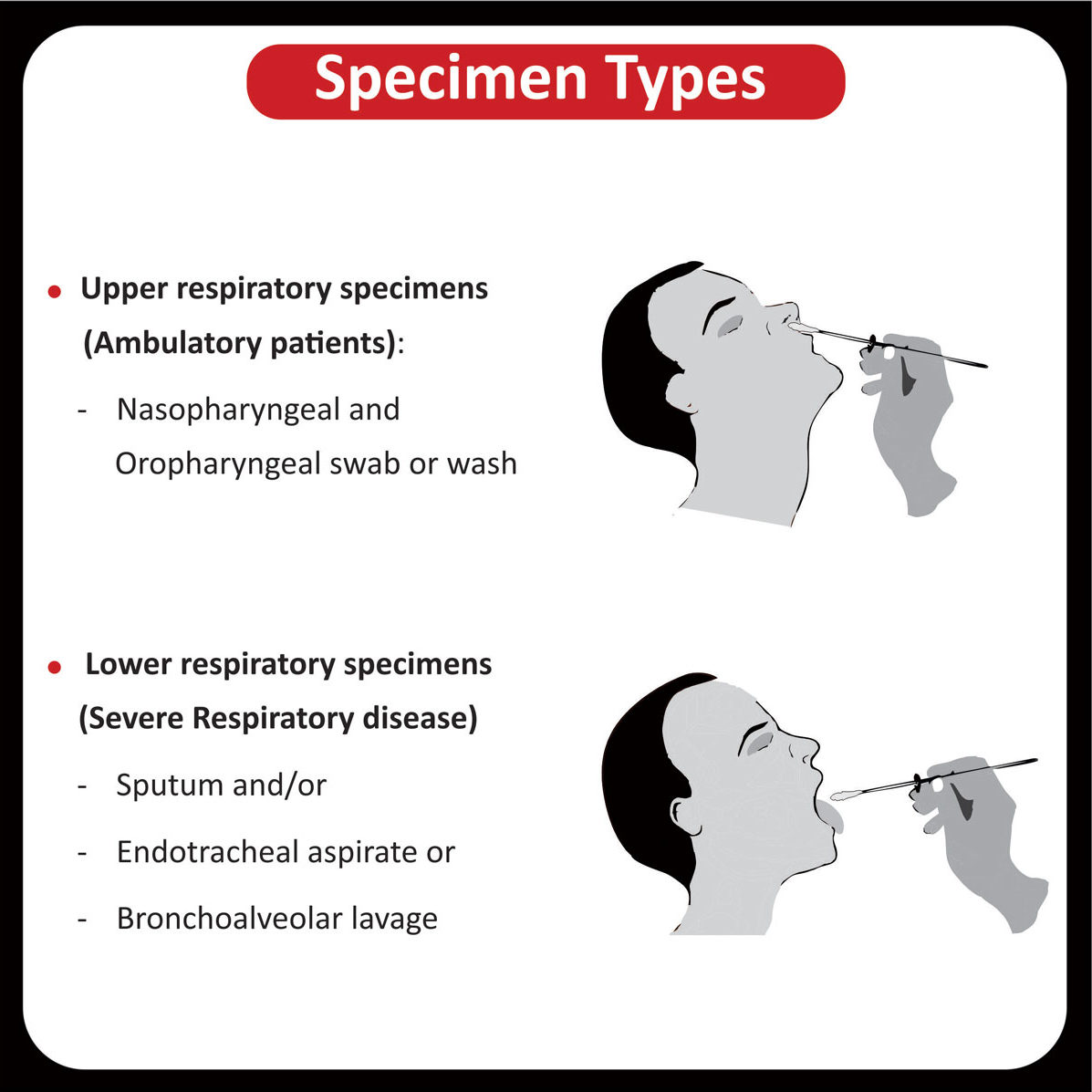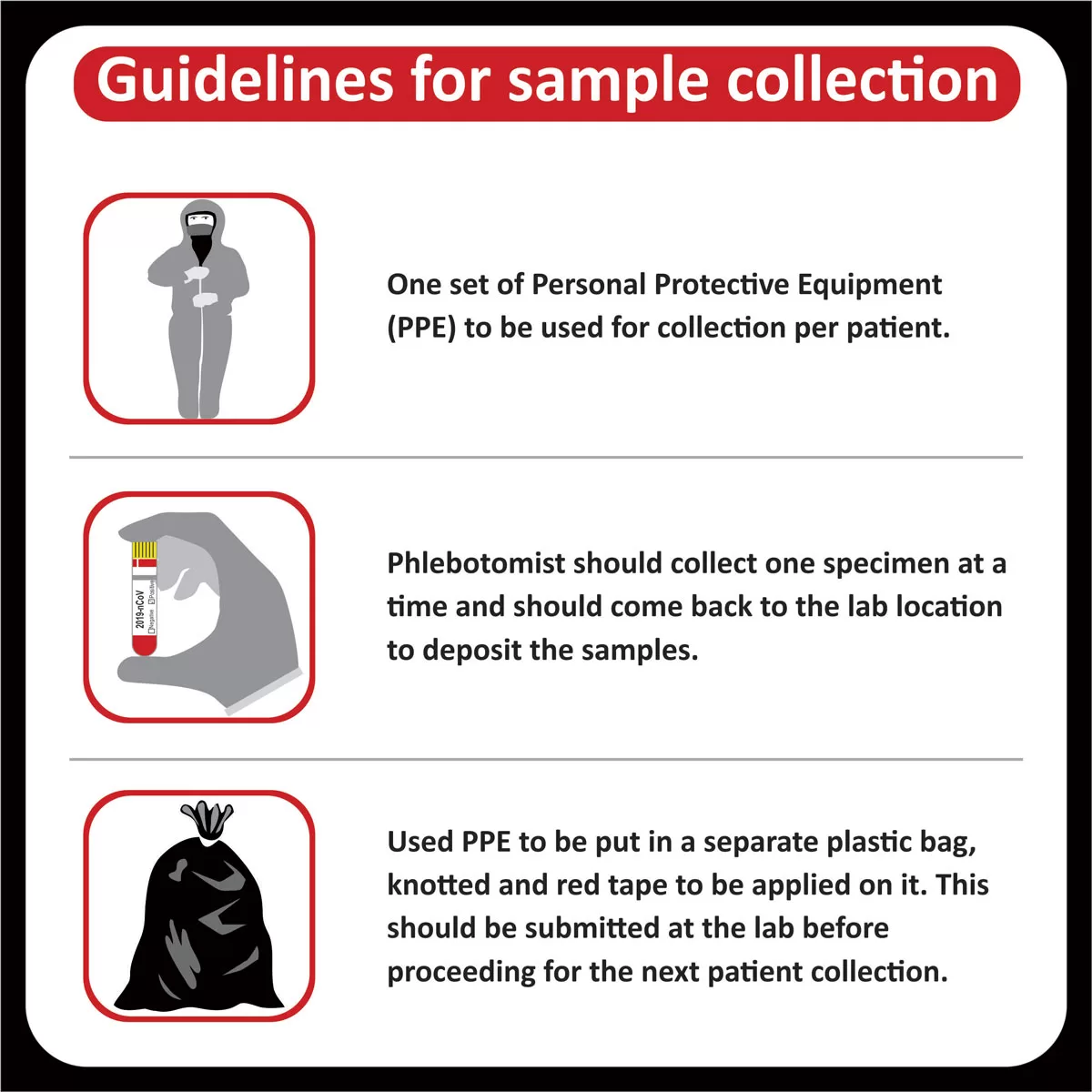Precision oncogenomics (POG) is the use of genomics testing data to select therapy for a patient independent of the cancer type. Such targeted treatment is directed by the mutation status in the tumor sample, rather than by the tumors’ anatomic and histologic parameters. Oncology has led the field in introducing precision therapies for patients. Targeted therapies target specific cancer genes, proteins, or the tumor environment. Genomic instability is a key feature of cancer that is characterized by genetic and epigenetic heterogeneity. Therefore, it is not surprising that patients diagnosed with the same cancer type vary in prognosis and treatment responses.
Genomics data for POG is acquired through several platforms and molecular testing methodologies such as – next-generation sequencing (NGS), droplet digital PCR (ddPCR), liquid biopsies (LB), and circulating tumor cells (CTCs). Data from these laboratory oncogenomics tests provide biomarker information that serves as diagnostic, predictive, and prognostic monitoring tools. Biomarkers are unique mutated nucleic acid sequence, or protein, group of proteins, or glycoprotein, expressed by the tumor cells but not usually expressed by healthy cells. Biomarkers guide treatments for both primary and metastatic tumors. These treatments can either have been approved or are in clinical trials. Several agents have been approved for use in biomarker-positive cancers, including HER2-positive breast cancer, ALK-translocated lung cancer, EGFR-mutated lung cancer, and KIT (CD117)-positive gastrointestinal stromal tumors (GIST).
Several targeted therapies come with their biomarker-based test to identify a subset of patients, and this can lead to challenges in result interpretations when taken in isolation. This, in turn, leads to challenges in treatments. There is a need for comprehensive genomic profiling (CGP) to make reports less complex and more comprehensive and to aid in companion diagnostics. Assessment of tumor samples for DNA, RNA, and proteins, provides information on mutations, indels, copy number variations, and gene fusions and variants. Such comprehensive genomic analyses are a function of performing NGS, whole-exome sequencing, whole transcriptome sequencing, and immunohistochemistry (IHC) for proteins in the tumor sample, and providing a single report describing all of the changes observed. Genomic profiling of tumors aids in a better understanding of tumor biology and can help in personalizing treatments. While extensive genomic profiling of tumors is and will continue to be essential for tumor treatment, newer non-invasive technologies are paving the way for preventing and detecting cancer. Non-invasive tumor testing involves testing the patient’s blood for shed tumor cells, without the associated complications of repeating tumor biopsies at regular intervals, reduced tumor loads in chemotherapy/radiotherapy treated patients, or in those with tumor recurrence. Such non-invasive oncogenomics tests like LB and CTC provide useful screening tools for cancer as well.
Other oncogenomics tests that are currently under study and in the process of clinical validations are the tumor mutational burden (TMB) and tumor epigenomics based tests. TMB measures the quantity of mutations and predicts response to novel immune checkpoint inhibitors across several tumor types. Tumors with high TMB likely harbor neoantigens and may respond more favorably to immune checkpoint inhibitors. This is still an emerging POG test as harmonization between labs is required to come up with standardized cut-offs for high and low TMB.
There is a hidden layer of gene regulation that controls the genes, while the DNA sequence remains unchanged. The study of these epigenetic markers on a genome-wide scale for tumors constitutes tumor epigenomics. Genomics tests for DNA methylation, histone modification, and epigenetic silencing are used in pediatric and adult gliomas, acute myeloid leukemias, and colorectal carcinomas, among others. Genetic and epigenetic mechanisms interact with each other to enable the acquisition of the hallmarks of cancer during tumorigenesis.



